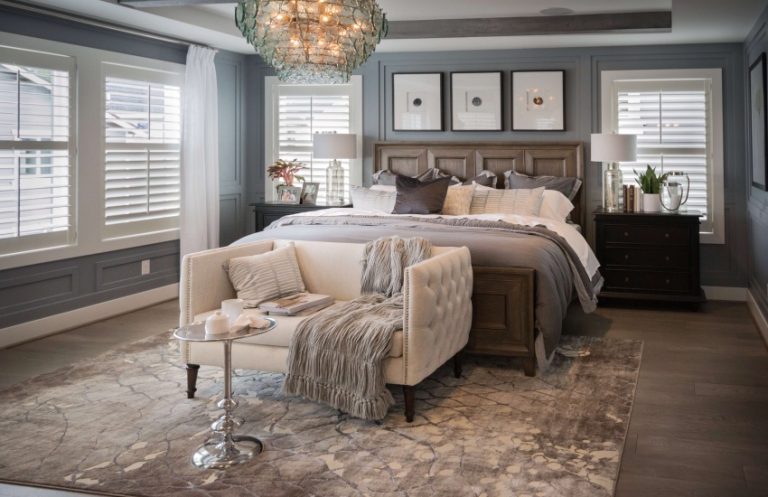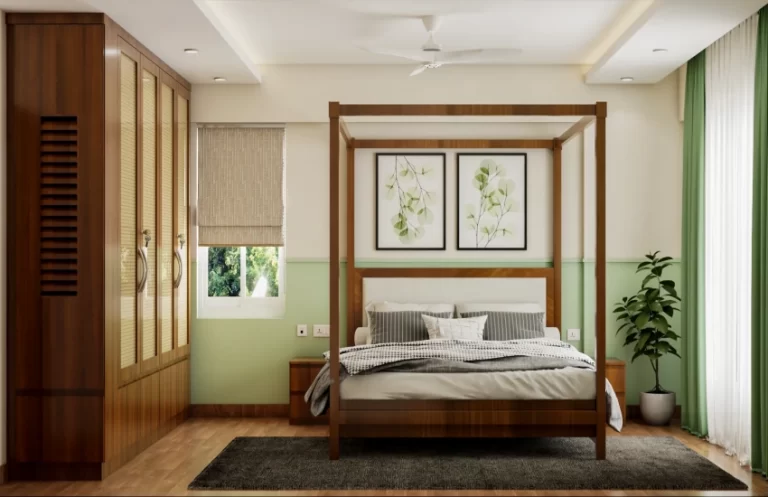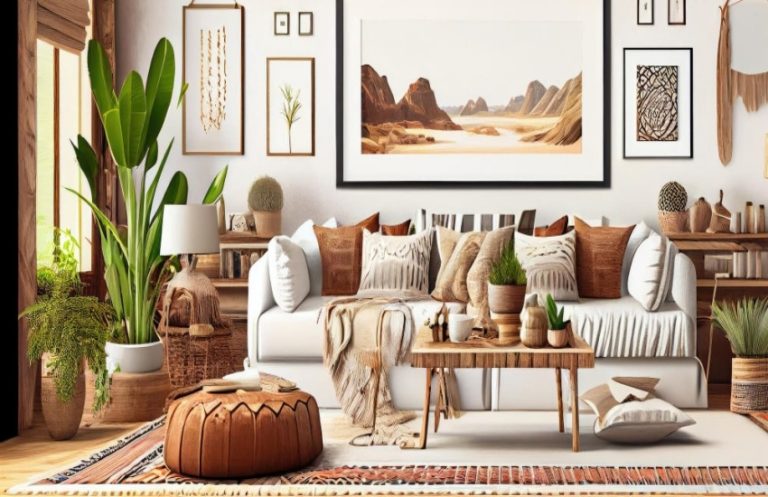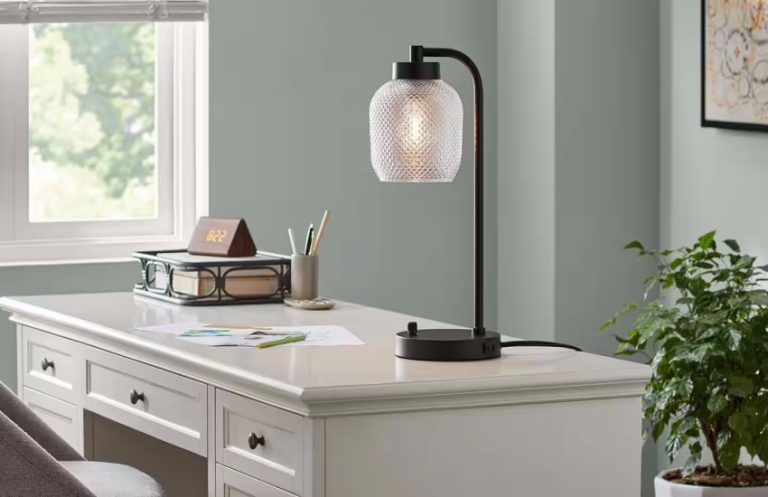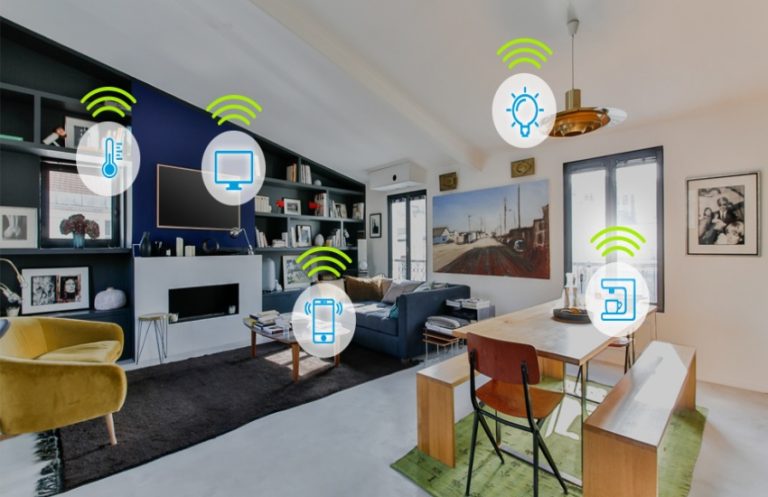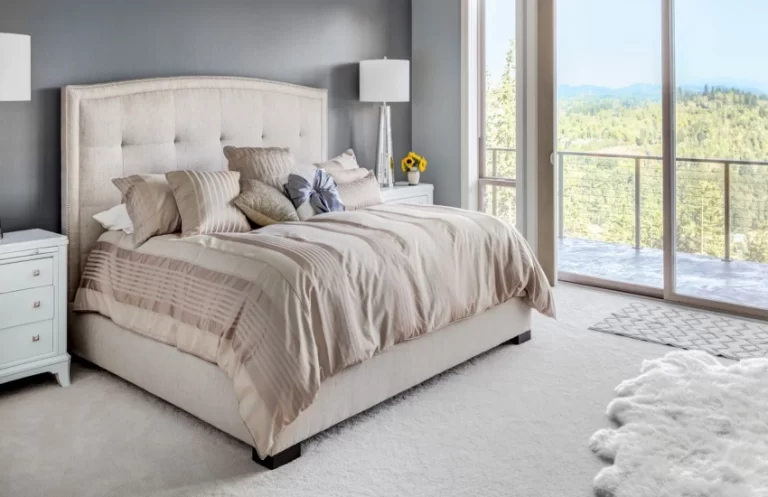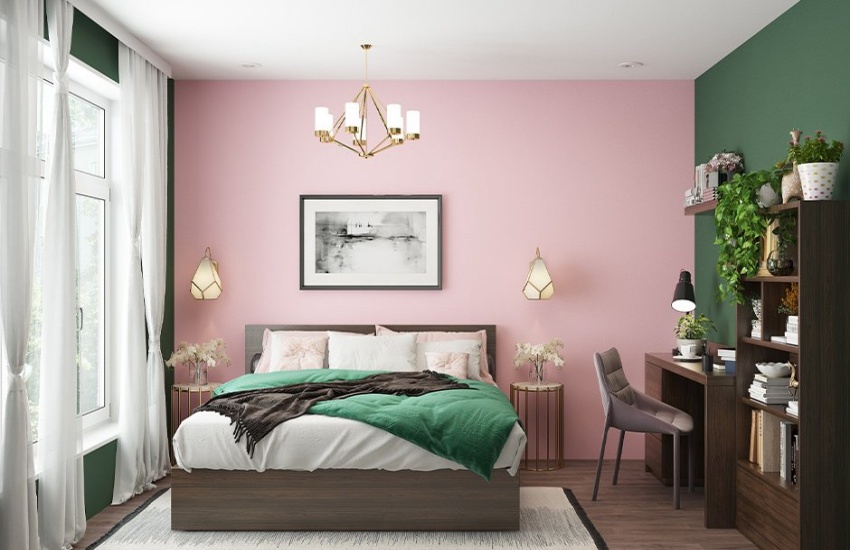
Neutral color palettes have gained popularity for their versatility and timeless appeal. Shades such as beige, gray, and white create a calming backdrop that allows for flexibility in decorating. These colors can make a space feel larger and more open, providing a blank canvas for accent pieces and furnishings. Incorporating various textures through fabrics and materials can add depth to a neutral scheme, preventing it from feeling flat or uninspired.
Bold and vibrant colors can energize a room and create a focal point. Colors like deep blue, emerald green, or rich burgundy can evoke strong emotional responses and make a statement. Using these colors as accent walls or in smaller decor items can provide a striking contrast against lighter backgrounds. The key is to balance bold hues with complementary colors to maintain harmony within the space.
Monochromatic color schemes focus on varying shades of a single color, creating a cohesive and sophisticated look. This approach allows for a seamless transition between different elements in a room. By incorporating various textures and patterns within the same color family, homeowners can achieve visual interest without overwhelming the senses. This technique works particularly well in modern and minimalist designs.
Analogous color schemes, which consist of colors that are next to each other on the color wheel, can create a serene and harmonious atmosphere. For example, combining shades of blue, green, and teal can evoke a tranquil coastal vibe. This approach is ideal for spaces intended for relaxation, such as bedrooms or reading nooks. The soft transition between colors can create a calming effect, enhancing the overall ambiance.
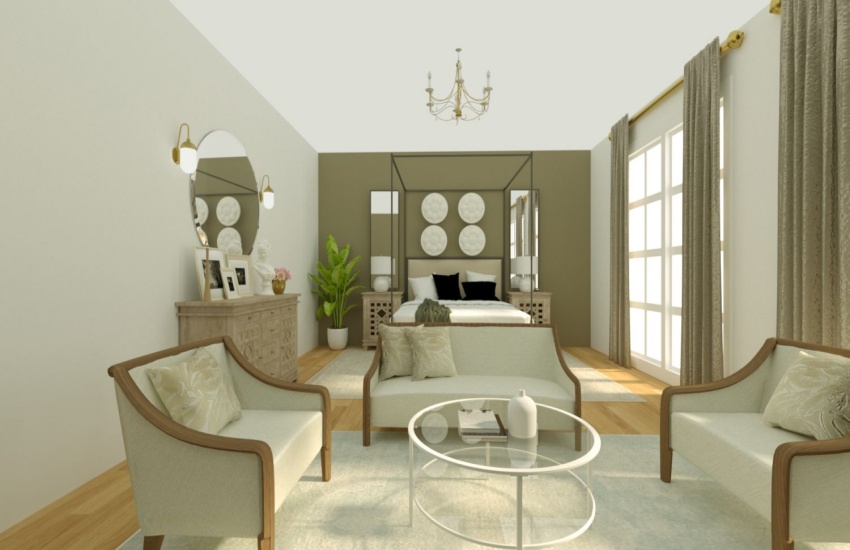
Contrasting color schemes utilize colors that are opposite each other on the color wheel, creating a dynamic and visually stimulating effect. Combining colors like orange and blue or yellow and purple can add excitement to a space. This technique is effective in areas meant for social interaction, such as living rooms or dining areas. Careful consideration should be given to the balance between contrasting colors to avoid overwhelming the space.
The use of color in home decor extends beyond walls and furniture. Accessories such as rugs, curtains, and artwork can significantly influence the overall color scheme. Coordinating these elements with the primary colors in a room can tie the look together, creating a unified aesthetic. Mixing patterns and textures within the chosen color palette can add depth and character to the space.
Natural light can enhance the vibrancy of colors, while artificial lighting can alter their appearance. It is essential to consider the type of lighting in a room when selecting colors, as this can impact the overall mood. Testing paint samples in different lighting conditions can help homeowners choose the right hues for their spaces.
Incorporating color schemes into home decor is an art that requires careful consideration and planning. By understanding the emotional impact of colors and how they interact with each other, homeowners can create spaces that reflect their personal style while enhancing the overall atmosphere. Thoughtful color choices can transform a house into a home, making it a place of comfort and beauty.
